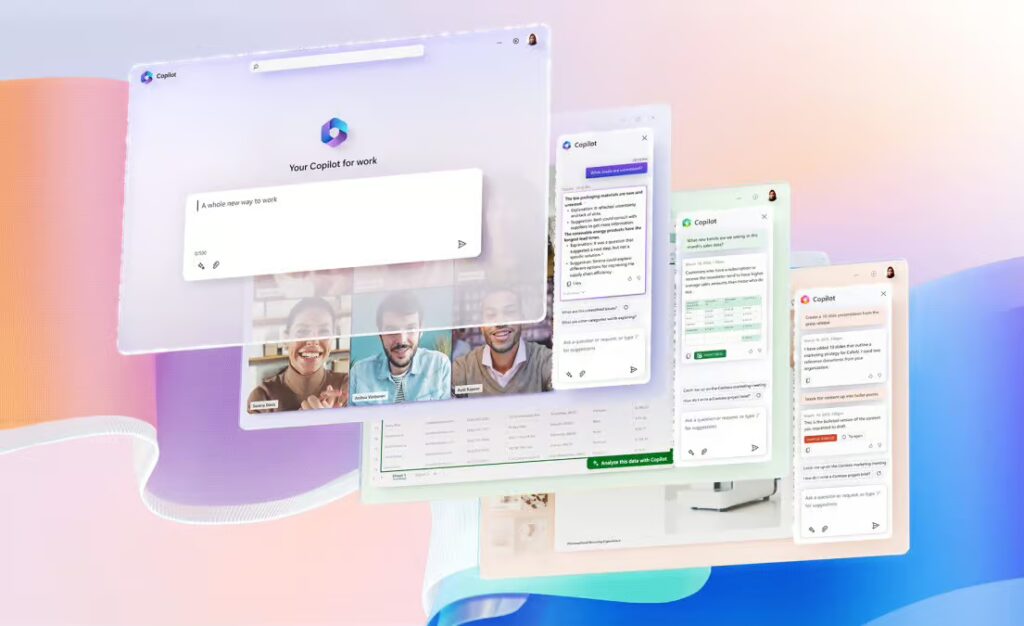Executive Summary: Boosting Productivity with Microsoft Copilot in Teams Meetings
The video demonstrates a key capability of Microsoft Copilot in Teams: its ability to rapidly bring employees up to speed on meetings and ongoing projects. It showcases a scenario where an employee, new to a project, joins a call and needs to contribute immediately. Instead of spending valuable time reading through old notes or messages, the employee uses Copilot to instantly generate a recap of a previous call, complete with key decisions and action items.
For your organization, this technology translates directly into significant productivity gains. It minimizes the ramp-up time for new hires or team members joining a project late, ensuring they can make informed contributions almost instantly. The video highlights research indicating that Microsoft Copilot helps users get caught up on missed meetings nearly four times faster, allowing your teams to maintain momentum and agility. This tool empowers every employee to be prepared and engaged, transforming meeting participation and overall project efficiency.
Frequently Asked Questions (FAQ)
Q1: What is the primary function of Copilot in Teams Meetings shown in the video? A: Copilot’s main function demonstrated is to generate an immediate summary of a meeting on demand. This recap specifically pulls out key decisions and action items, allowing an employee to understand the critical outcomes of a discussion they missed.
Q2: What is the quantifiable impact of this feature on employee efficiency? A: The video cites research showing that Copilot enables users to get caught up on missed meetings nearly four times faster than they could without it.
Q3: How does this technology support employee onboarding and project integration? A: It allows employees who are new to a team or project to quickly get the necessary context from past discussions. By providing an instant summary, the tool empowers them to participate confidently and add value to conversations from the very beginning, as if they had “been there all along”.



